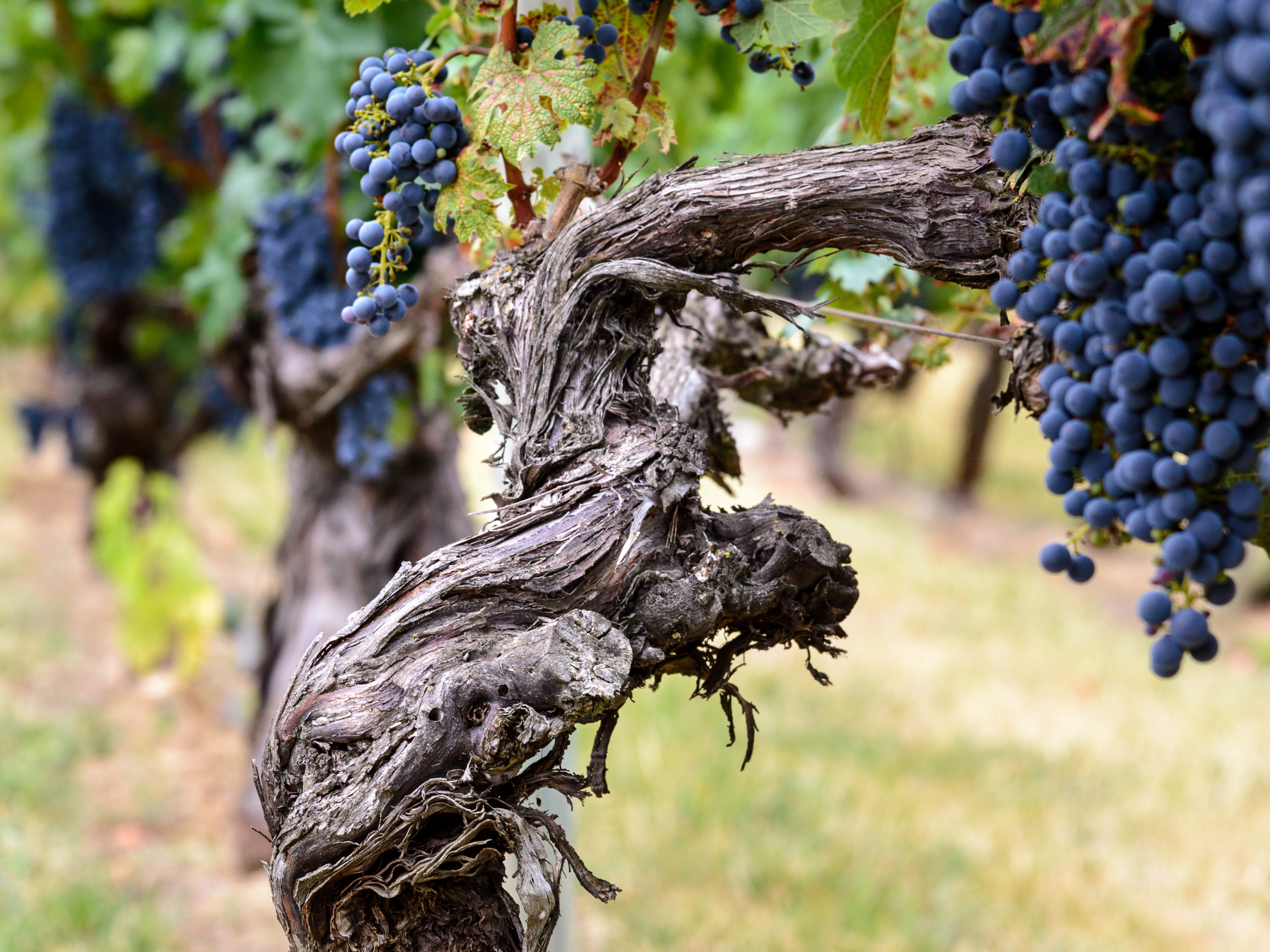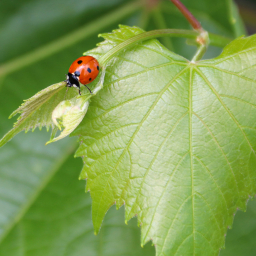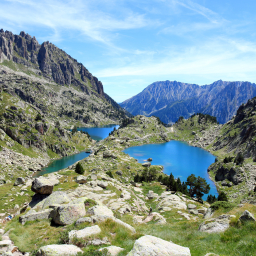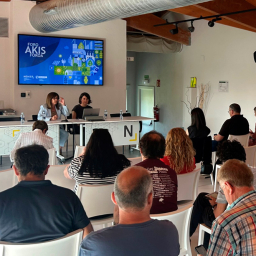NEW
Old vineyards, essential for the sector’s future
21 July 2025
- At NEIKER we promote the recovery and conservation of plant material from disused vineyards.
- Collaboration with the winegrowing sector is essential as a strategy to face the challenges of global warming in wine production.
Among the many victims of climate change and its effects, torrential rains or rising temperatures, are the vineyards. The wine industry faces the challenge of ensuring the sustainability of the crop and has made it a priority to increase the genetic diversity available in the various wine-growing regions.
To achieve this, old vineyards are a valuable source. At NEIKER, in collaboration with the Provincial Councils and producers, we work actively in the recovery and conservation of plant material.
Old vineyards are home to a great diversity of traditional vines and varieties, many of which have unique characteristics that are essential for adapting to climate change. Some are more resistant to drought conditions or longer ripening cycles, favoring the preservation of acidity and must color and reducing the incidence of disease through grape health.
Other varieties provide different aromatic profiles, colors and aromas that enrich wines and can respond to new market demands. And many of them, often forgotten or unidentified, have a key potential for the future of the sector.
‘The recovery of these varieties allows us to have material with better responses to factors such as drought or increased temperatures and also helps to preserve characteristics that provide quality and uniqueness to the wines. These qualities are essential when deciding the optimal harvest time and, therefore, in the production of balanced wines,’ says Ana Isabel Aizpurua, researcher at NEIKER.
Collaboration with wineries
The process begins in the old vineyards, where the winegrowers select those vines that, because of their behavior or characteristics, they consider interesting to preserve.
‘Once the variety of the vines has been identified, we carry out a sanitary analysis in order to rule out specimens affected by diseases and only those that are in good phytosanitary condition go on to the next phase, in which we evaluate aspects such as vegetative growth, production and grape quality,’ explains the researcher.
When the results are favorable, the material can be multiplied in the nursery, or its conservation can be considered. If the winery is interested, it can be replanted in new plots. To facilitate this implantation, the center provides technical advice, offers recommendations for its correct identification and, whenever possible, promotes field planting in order to evaluate its qualities and observe whether the characteristics detected in the original vineyard are maintained in the new site.
An example of this work is the collaboration with the wineries Tierra, Mitarte and Contino, with whom we have worked intensively on old plots with varieties such as Graciano, Tempranillo, Garnacha, Mazuelo, Riojan Malvasia, Calagraño and Viura.
Also, within other initiatives, other producers from different areas have participated in health tasks and identification of rare or minority varieties, such as the wineries Maisulan, El Mozo Wines, Ostatu, Cándido Besa, Gil Berzal, Laukote, Artuke, Pavoni, Bello Berganzo, Bhilar/DSG Wines, Osabawines, Bikain, Sierra de Toloño, Itsasmendi and some individual winegrowers.
As a result of this collaborative work with growers, strains of varieties such as Cadrete, Morate, Garró, Moravia Agria, Santa Magdalena, Agostenga and Brustiano Faux were detected, in addition to other more common varieties grown at regional and state level.
This work was carried out as part of the VITISAD project, funded by the European Union’s Interreg POCTEFA program. This line of work will be resumed during the 2025 and 2026 campaigns through the VITISAD2 project, a second part that will continue to explore plant material with oenological and agronomic potential.
To facilitate participation, on July 21, from 10:00 to 13:00, an information session was held in the building of La Cuadrilla de Laguardia-Rioja Alavesa, where the procedure was explained and material for signalling and sample collection was handed out.
Serving the sector through BERRITZEN
All this research and transfer work is part of the BERRITZEN plan that we promote from NEIKER with the aim of bringing scientific knowledge closer to the agricultural, livestock and forestry sector. This program is based on active collaboration with the productive environment and includes initiatives such as BERRITZEN Guneak, spaces for experimentation in real conditions, and BERRITZEN Ideiak, which promotes the direct participation of farmers and winegrowers in the identification of challenges in the sector.
The recovery of plant material is a clear example of how applied science can offer concrete and sustainable solutions to those working in the field. In addition, it preserves a genetic heritage that can be decisive not only in the face of climate change, but also in the evolution of the market and winemaking preferences.






